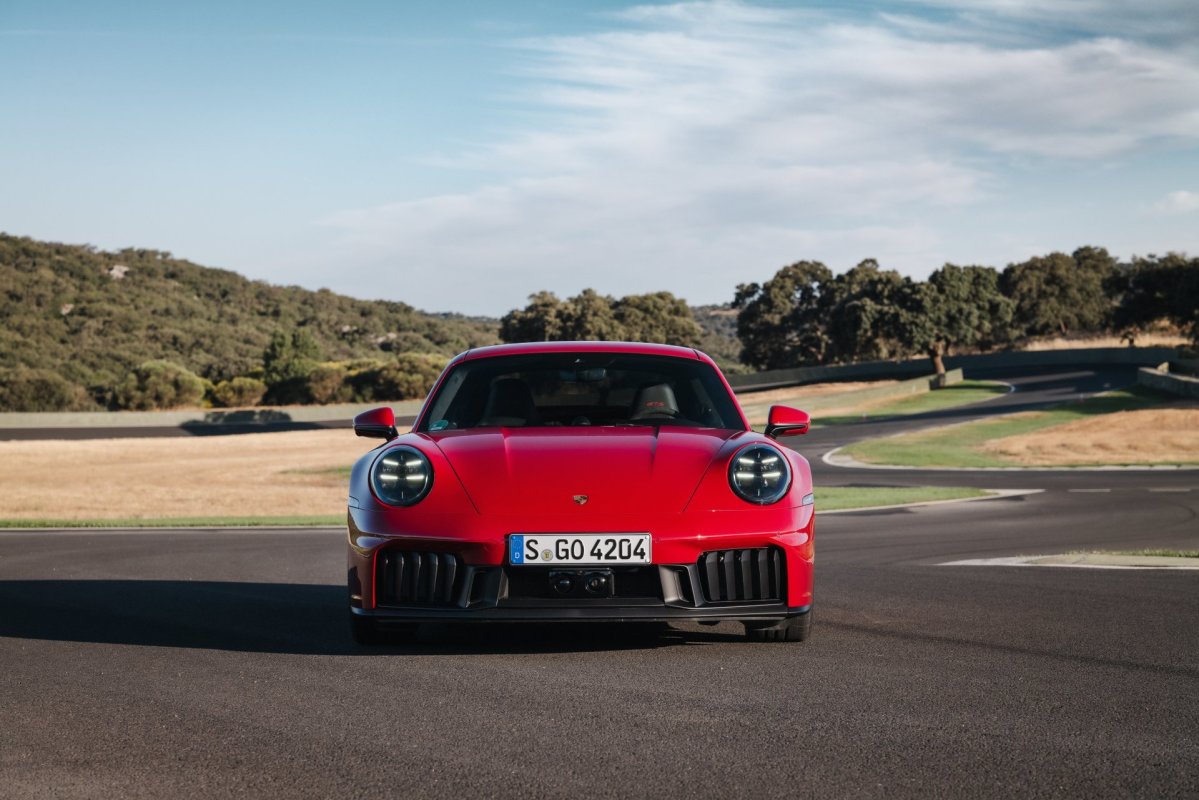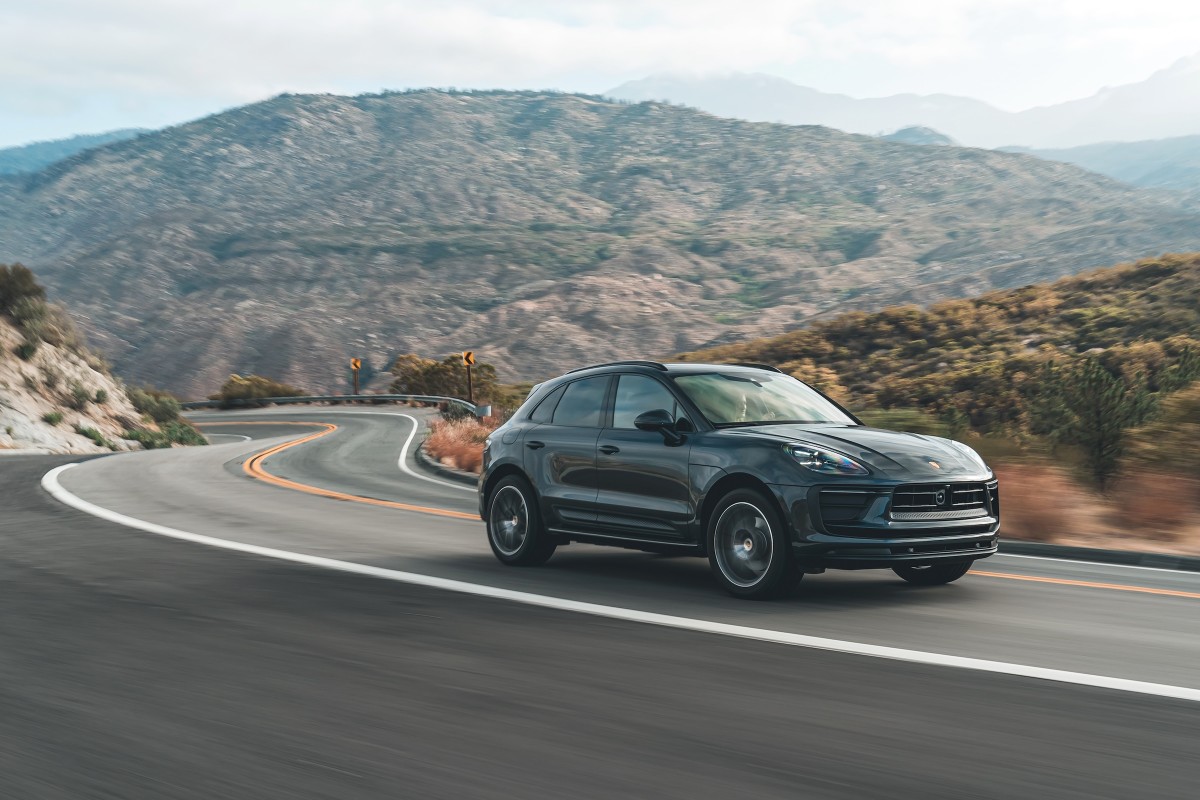Porsche’s Challenges

Porsche is gearing up for what might be one of its toughest years in quite some time. The revered German automaker is warning of a dip in its profit margins, down to somewhere between 6.5% and 8%. This means a significant fall from its earlier prediction of at least a 10% margin. Reasons for these headwinds include slower-than-expected electric vehicle (EV) sales, a decreased demand in China, and increasing U.S. tariffs.
Porsche makes all its cars in Europe and ships them to the U.S., leaving it exposed to the tariffs introduced during Trump’s presidency. Even though there’s a strong U.S. appetite for the Porsche Macan and Cayenne SUVs, the brand has no plans to start producing them locally. According to Porsche, setting up production stateside would be pricier than just paying the tariffs. Analysts at Citi anticipate these duties might cost Porsche a whopping $2.3 billion annually—assuming they don’t raise their prices.
EV Market Struggles

Globally, the sheen seems to have worn off of EVs, and Porsche is feeling the pinch. While the automaker once heavily invested in electric mobility, it’s scaling back now. On an interesting note, Porsche has decided to halt the independent expansion of its high-performance battery production, primarily through its Cellforce subsidiary. They peg the cost of this strategic shift at around $1.5 billion for this year.
As stated by CFO Jochen Breckner during a recent media call, “We have to face the reality that we see from the markets, namely a complete slowdown when it comes to electric mobility.” To navigate this tough market, Porsche is turning its focus toward enhancing its lineup of combustion-engine and plug-in hybrid vehicles, veering off its previous EV aspirations. This is expected to cost the company another $900 million by 2025.
Chinese Demand

The situation in China isn’t much better. Once Porsche’s second-largest market, the first quarter saw a staggering 42% drop in vehicle deliveries—their worst performance since 2013. The company foresees a 30% decline in total deliveries to the country this year, with expected sales of about 40,000 units.
This downturn stems from fierce competition from local automakers like BYD and a sluggish Chinese economy. Porsche is countering these challenges with executive shakeups and job cuts in Germany to reduce costs.
Final Thoughts
The first quarter has shown the kind of pressure automakers are experiencing in China and the EV domain. Porsche’s operating profit plummeted by 40% year-over-year to $860 million, showcasing their first-ever single-digit quarterly return on sales of 8.6%. The company also lowered its annual revenue forecast to as little as $42 billion, down from previous expectations ranging from $44 billion to $45 billion.
While external factors play a part in this scenario, analysts argue that Porsche needs to reinforce control over its challenges. As highlighted by Citi’s Harald Hendrikse, “It has work to do to exhibit greater control of its problems.” For a brand synonymous with precision and performance, 2025 looks to be a rocky road ahead.
2025 Auto Turmoil
Toyota's $15K Electric Hit
Porsche Panamera 4S
Driven by New Tech
Slate Truck Rolls Out